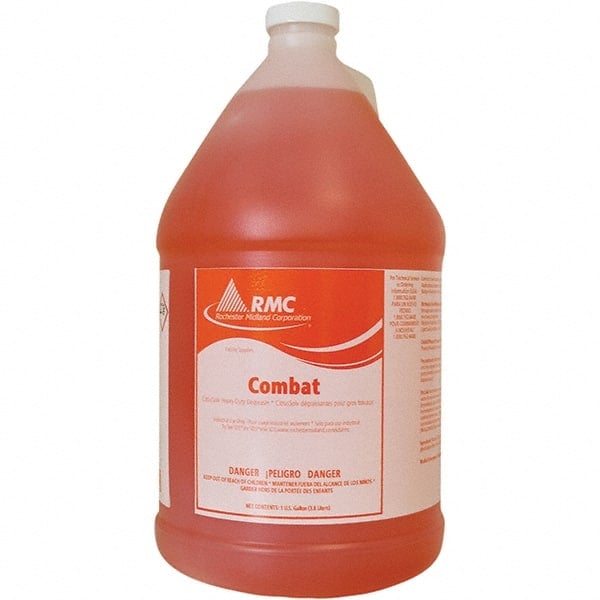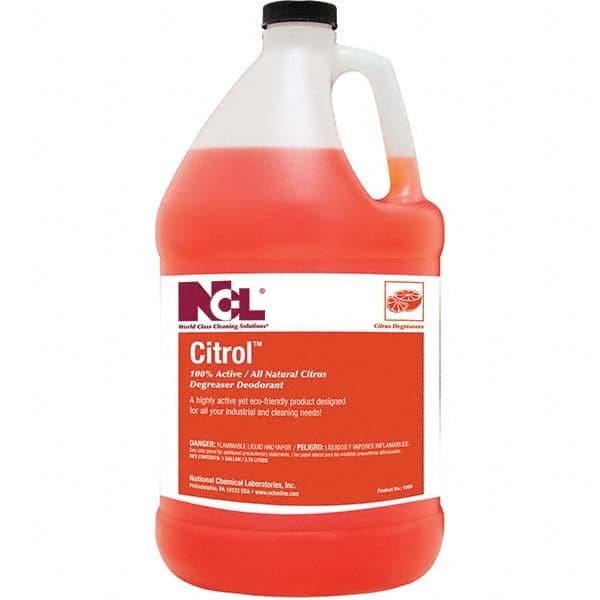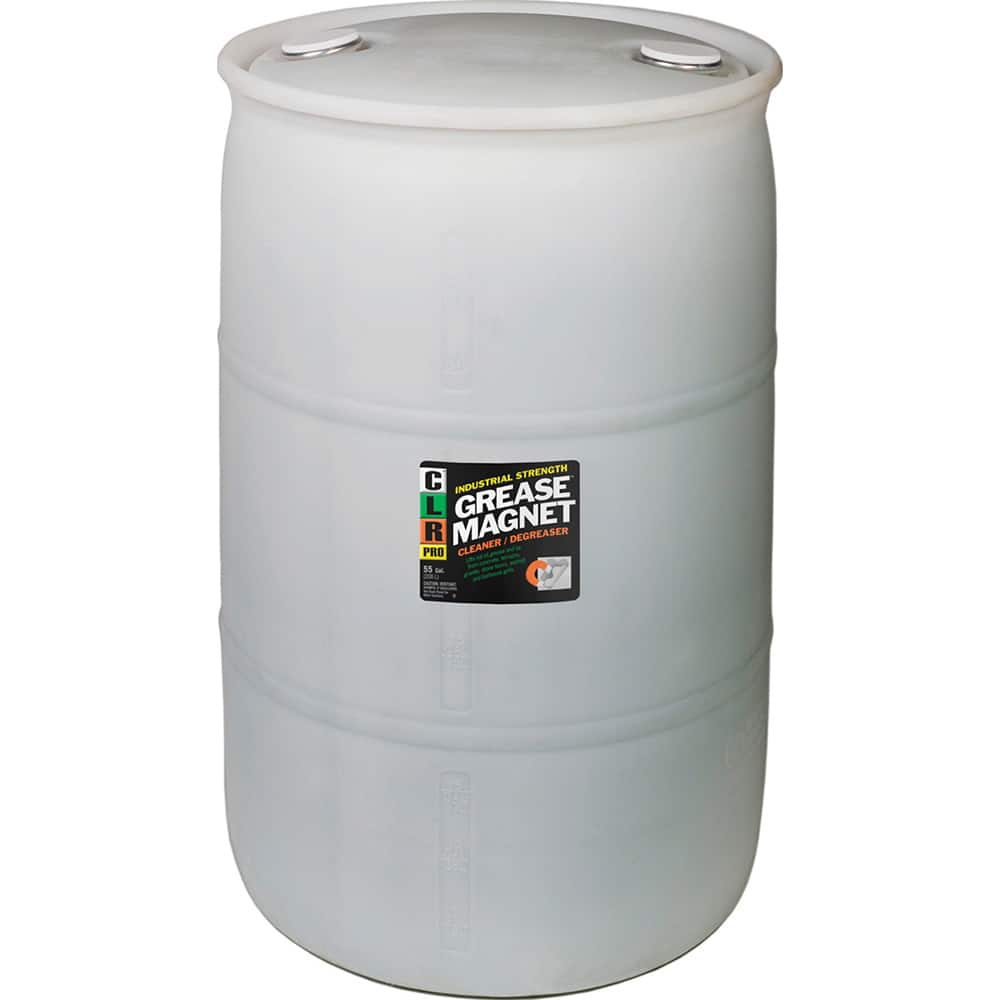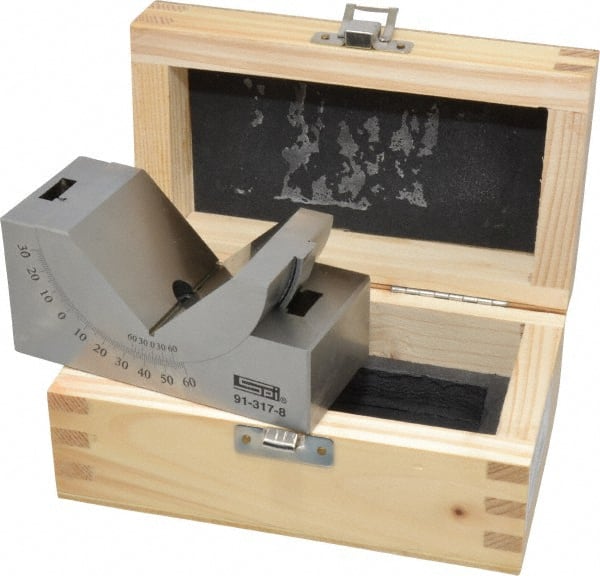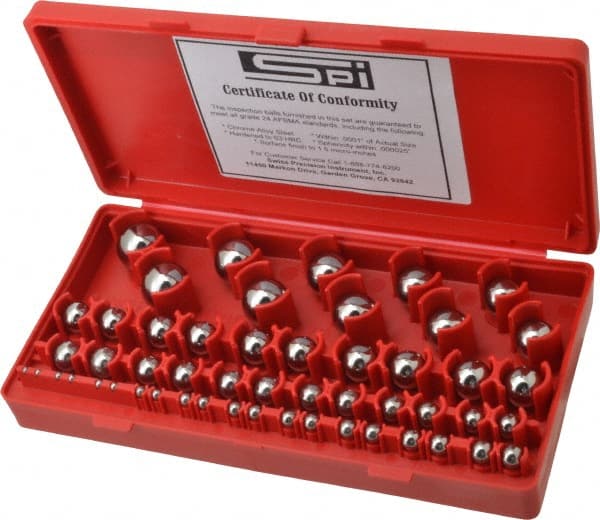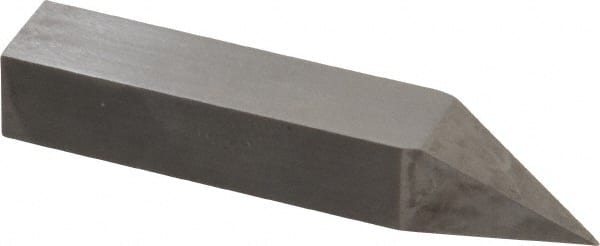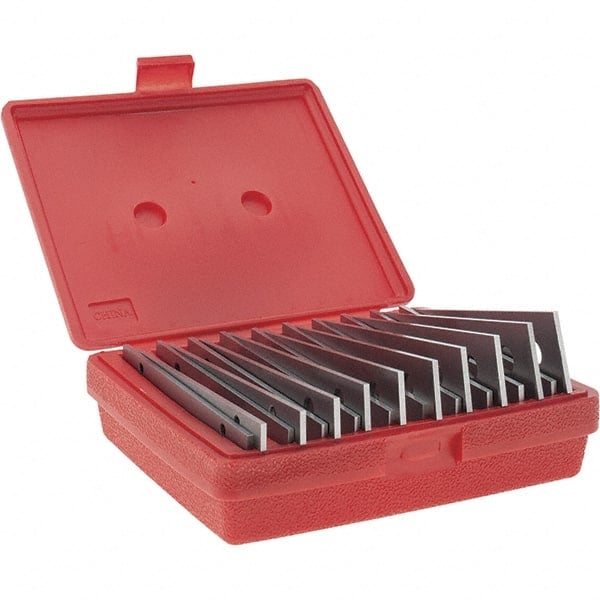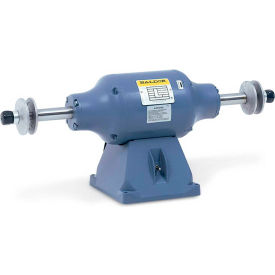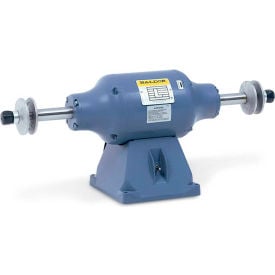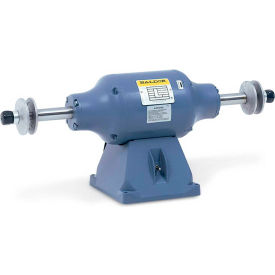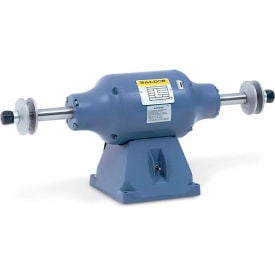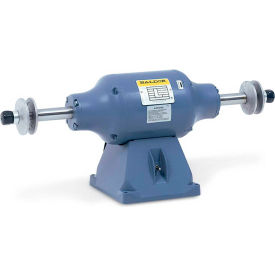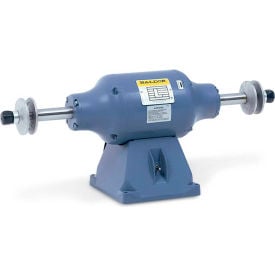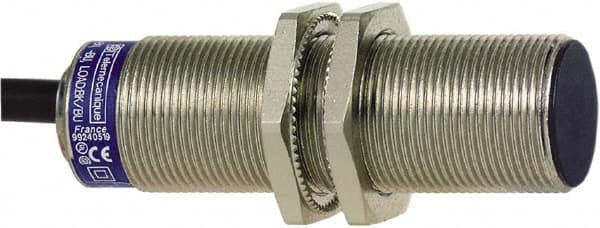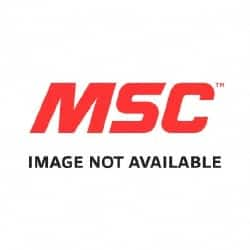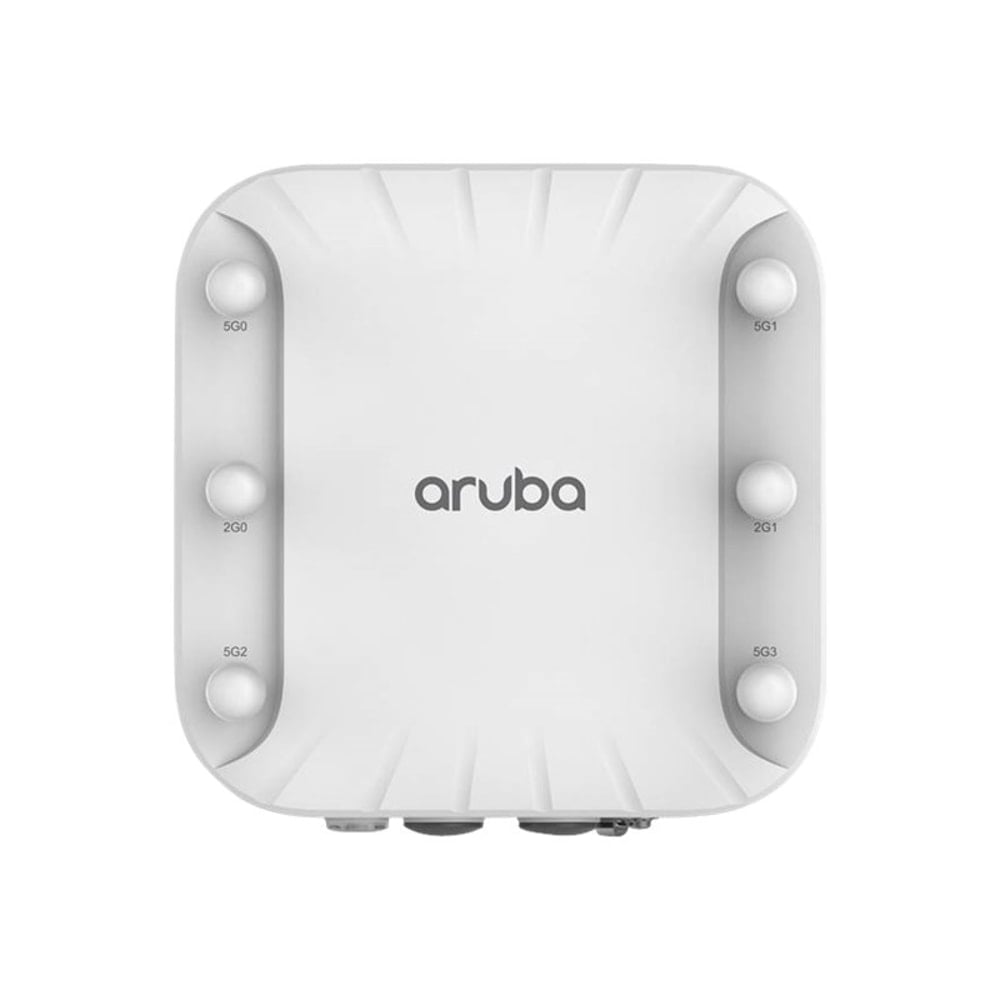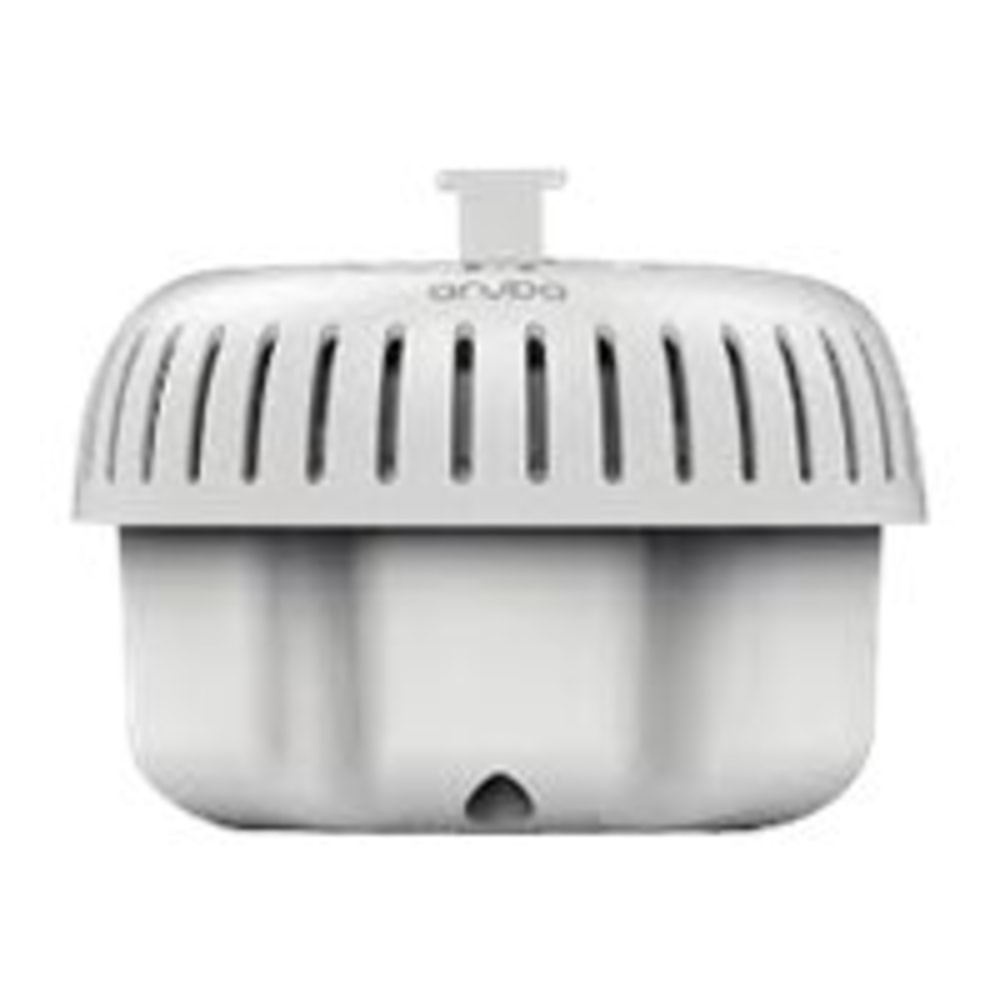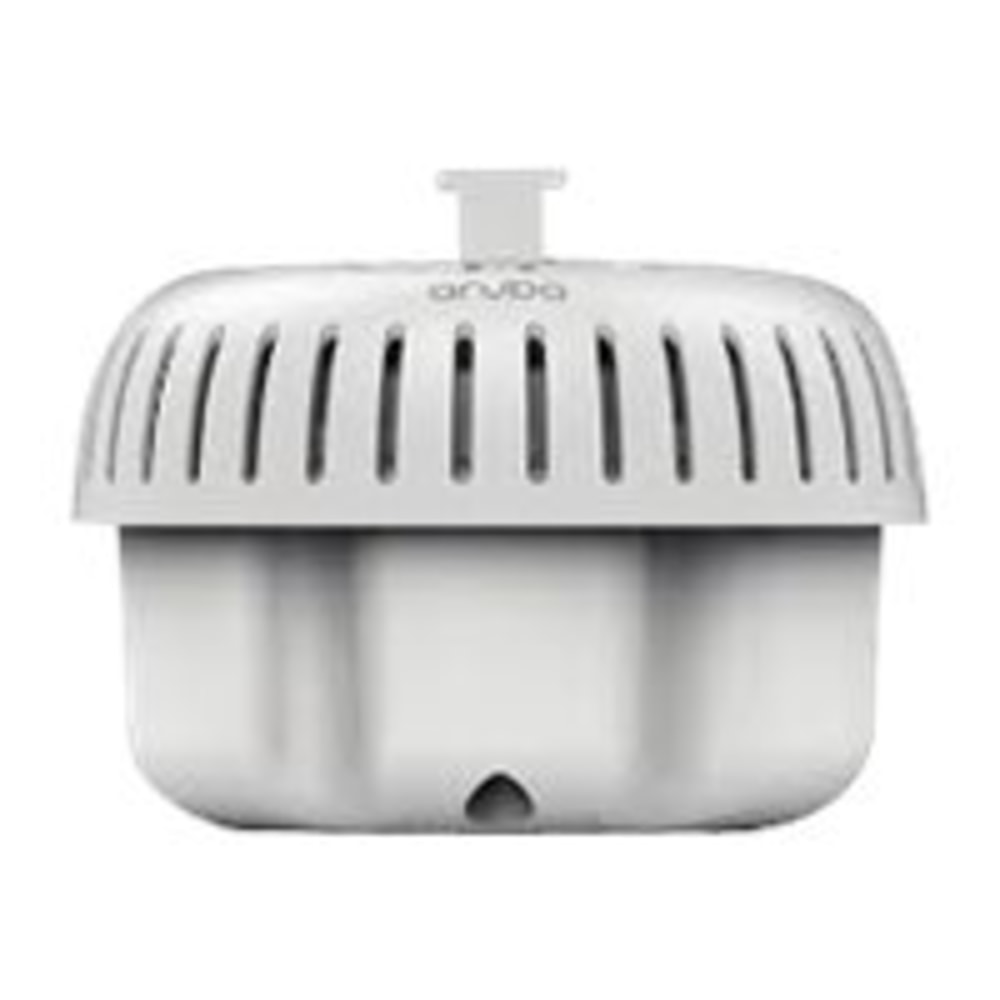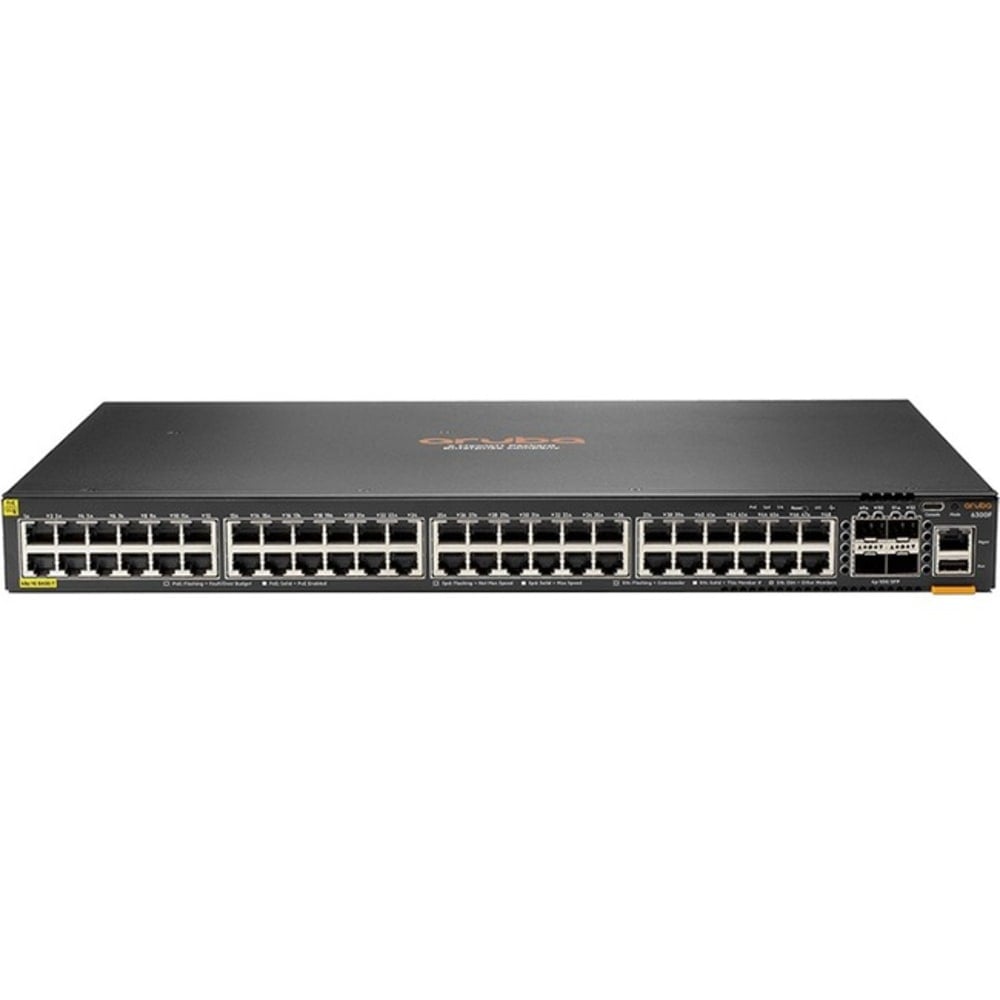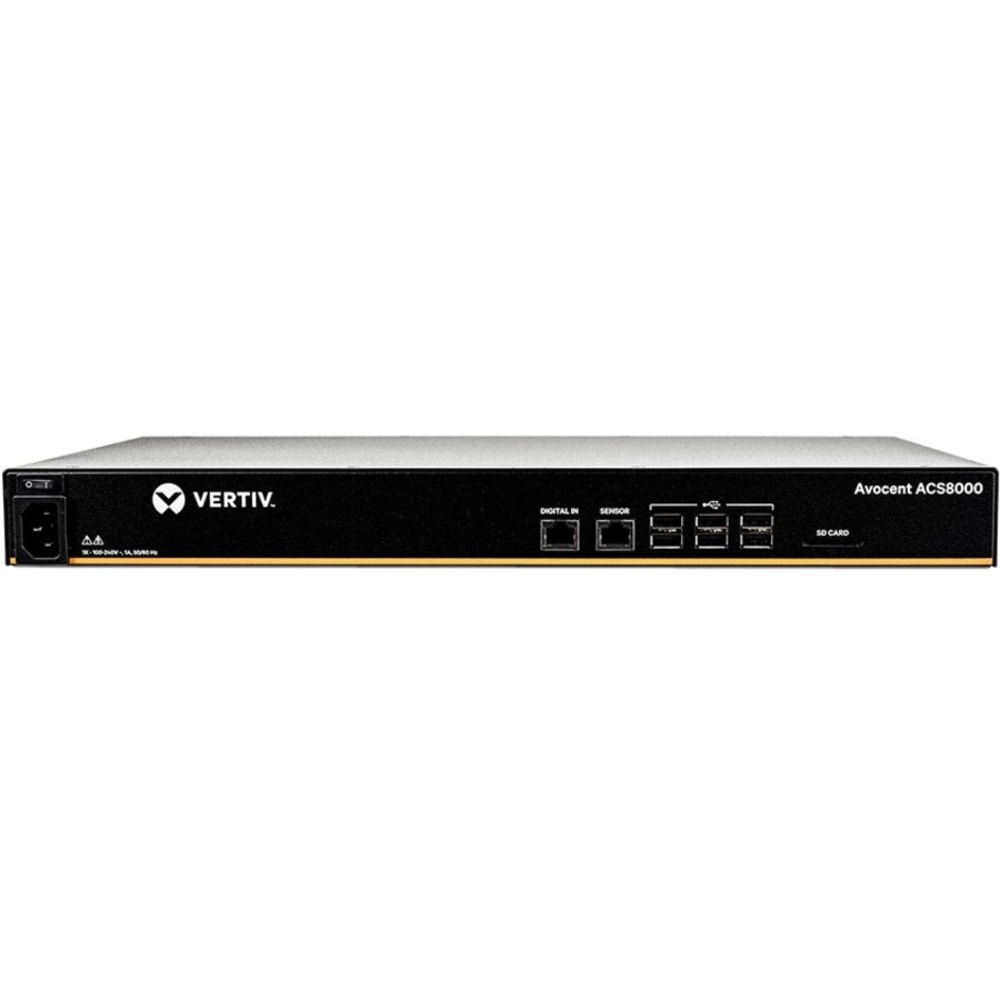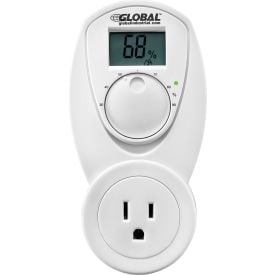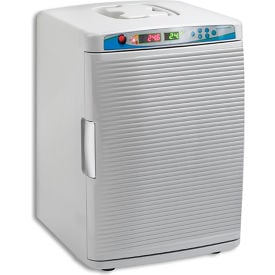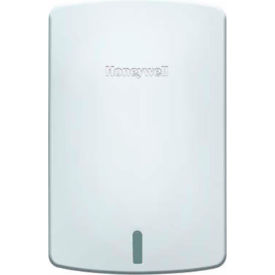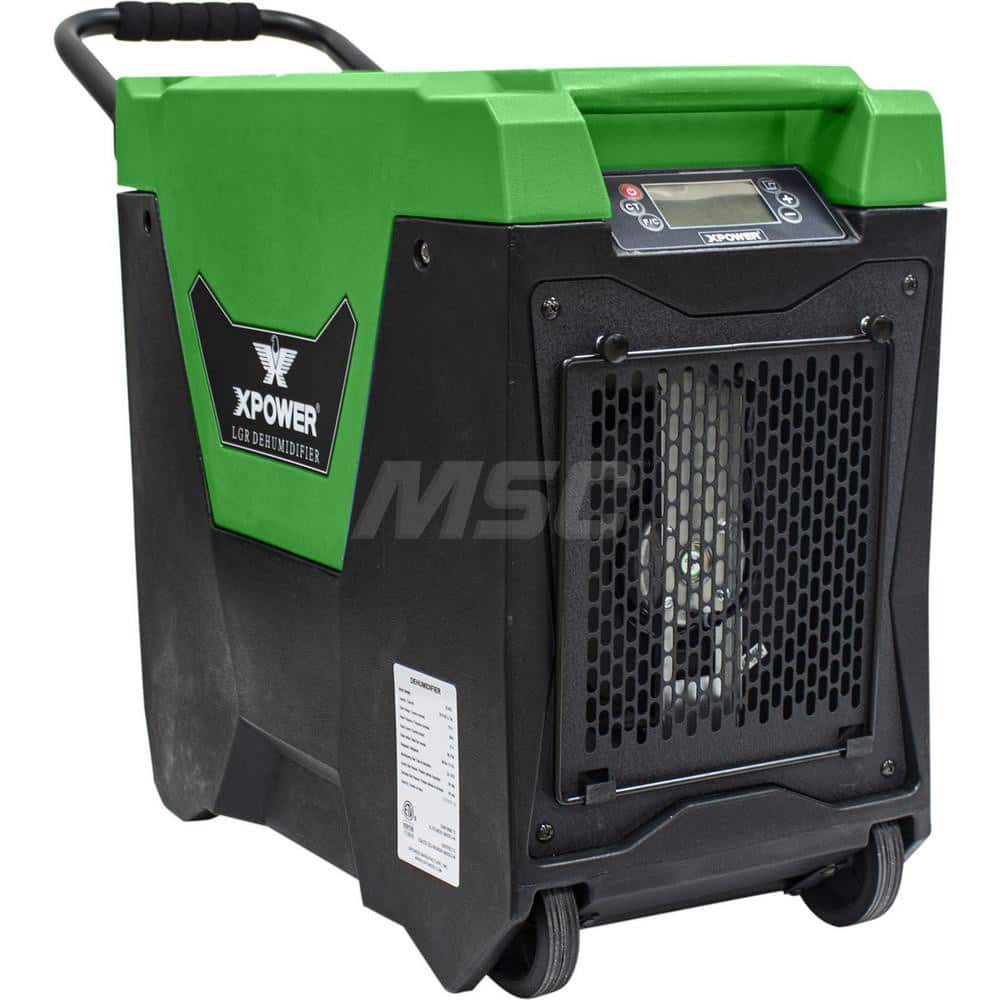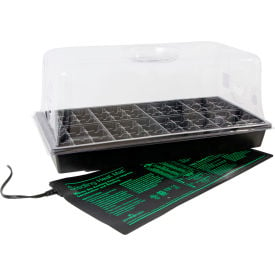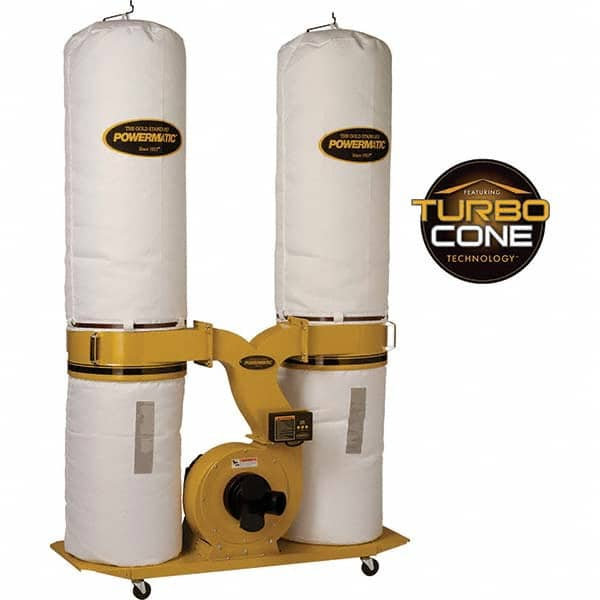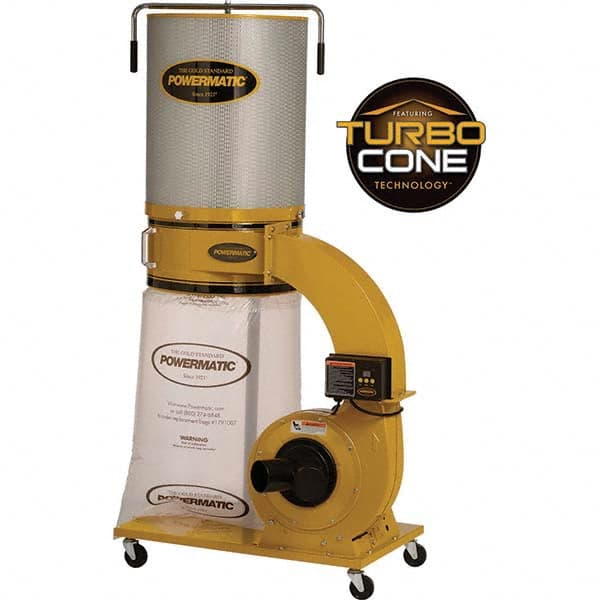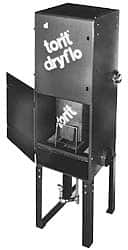Maintaining and Extending the Lifespan of Industrial Machinery
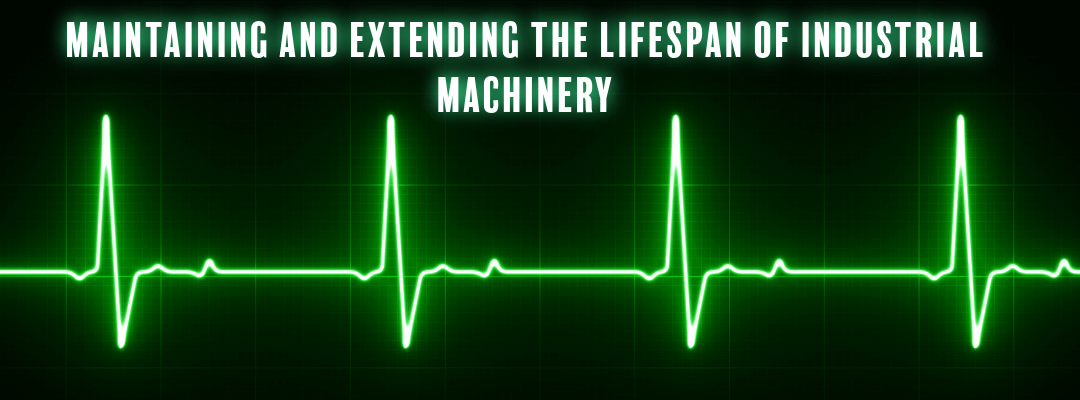
1. Introduction
Industrial machinery forms the backbone of modern industries, enabling us to achieve feats that were once deemed impossible. From fabricating intricate parts to constructing massive structures, these machines are at the core of progress. But the journey doesn't end once these machines are in place. Regular maintenance is key to keeping them running smoothly, efficiently, and safely. Neglecting maintenance can result in unexpected breakdowns, costly repairs, and even safety hazards. By adopting a proactive approach to maintenance, industries can significantly extend the lifespan of their machinery, enhance productivity, and optimize resource utilization.
2. The Importance of Maintenance
2.1 Impact on Efficiency and Productivity
Efficiency and productivity are the lifeblood of any industrial operation. Well-maintained machinery is less prone to unexpected failures, which translates to reduced downtime and increased output. Scheduled maintenance ensures that machines operate at their peak performance, minimizing the risk of bottlenecks and delays in production processes. This, in turn, leads to enhanced overall operational efficiency and customer satisfaction.
2.2 Cost Savings and ROI
Maintenance is an investment that pays off in the long run. Regular upkeep prevents major breakdowns, saving businesses from expensive emergency repairs and costly replacements. Furthermore, machines that are properly maintained retain their resale value, contributing to a favorable return on investment. Viewing maintenance as a strategic investment rather than an expense is a fundamental mindset that successful industries adopt.
3. Types of Industrial Machinery Maintenance
3.1 Preventive Maintenance
Preventive maintenance involves proactive measures taken to keep machinery in optimal condition. Regular inspections, lubrication, and component replacements are scheduled based on manufacturer recommendations and usage patterns. This approach prevents small issues from escalating into major problems, ultimately reducing unplanned downtime.
3.2 Predictive Maintenance
Predictive maintenance leverages technology to predict when machinery requires maintenance. Sensors and data analysis monitor machine conditions in real-time, identifying potential faults before they impact operations. This approach minimizes the need for unscheduled maintenance and optimizes resource allocation.
3.3 Corrective Maintenance
Corrective maintenance addresses issues that arise unexpectedly. While not ideal, prompt corrective action minimizes downtime and prevents further damage. Adopting a data-driven approach through predictive maintenance can reduce the reliance on corrective interventions.
4. Creating a Maintenance Schedule
4.1 Machine-Specific Requirements
Different types of industrial machinery have unique maintenance requirements. Manufacturers provide guidelines on maintenance intervals, critical components, and recommended procedures. Adhering to these guidelines ensures machinery longevity and performance consistency.
4.2 Frequency and Timing
Determine the optimal frequency of maintenance tasks based on factors such as usage intensity, operating environment, and the manufacturer's recommendations. Creating a well-defined maintenance schedule ensures that crucial tasks are never overlooked.
5. Maintenance Procedures and Best Practices
5.1 Lubrication and Fluid Checks
Proper lubrication is the lifeblood of machinery. Regularly inspect and replenish lubricants to minimize friction, reduce wear, and prevent overheating. Monitoring fluid levels and quality ensures machinery components operate optimally.
5.2 Cleaning and Inspection
A clean machine is a well-functioning machine. Regular cleaning and degreasing removes debris that can hinder performance and cause wear. Routine inspections help identify early signs of damage, misalignment, or degradation.
-
Rochester MidlandSpecial Price $133.79 Regular Price $244.47This product is sold in increments of 1
-
SurgeSpecial Price $280.99 Regular Price $393.39This product is sold in increments of 1
-
SurgeSpecial Price $322.79 Regular Price $451.91This product is sold in increments of 1
-
SurgeSpecial Price $1980.79 Regular Price $2773.11This product is sold in increments of 1
-
National Chemical LaboratoriesSpecial Price $185.29 Regular Price $200.08This product is sold in increments of 1
-
SurgeSpecial Price $105.79 Regular Price $148.11This product is sold in increments of 1
-
SurgeSpecial Price $18822.79 Regular Price $26351.91This product is sold in increments of 1
-
ClrSpecial Price $1602.49 Regular Price $1689This product is sold in increments of 1
5.3 Calibration and Alignment
Accurate measurements are essential for machinery performance. Regular calibration ensures precision, and alignment of moving parts prevents strain and uneven wear.
-
StarrettSpecial Price $1073.49 Regular Price $1502.89This product is sold in increments of 1
-
Value CollectionSpecial Price $108.29 Regular Price $167.41This product is sold in increments of 1
-
SPISpecial Price $46.99 Regular Price $72.56This product is sold in increments of 1
-
SPISpecial Price $254.29 Regular Price $395.36This product is sold in increments of 1
-
SPISpecial Price $89.99 Regular Price $118.57This product is sold in increments of 1
-
SPISpecial Price $167.29 Regular Price $234.21This product is sold in increments of 1
-
Value CollectionSpecial Price $201.99 Regular Price $345.42This product is sold in increments of 1
-
Value CollectionSpecial Price $135.79 Regular Price $210.34This product is sold in increments of 1
5.4 Component Replacement
Replacing worn-out or damaged components is crucial for maintaining machinery integrity. High-quality replacement parts, sourced from reputable suppliers like GoVets' Industrial Machinery and Machine/Hardware Parts categories ensure reliable performance.
-
JET EquipmentSpecial Price $31.29 Regular Price $59.29This product is sold in increments of 1
-
Baldor ElectricSpecial Price $1746.99 Regular Price $3308.79This product is sold in increments of 1
-
Baldor ElectricSpecial Price $1605.29 Regular Price $3040.49This product is sold in increments of 1
-
Baldor ElectricSpecial Price $2196.49 Regular Price $4160.29This product is sold in increments of 1
-
Baldor ElectricSpecial Price $1992.99 Regular Price $3774.79This product is sold in increments of 1
-
Baldor ElectricSpecial Price $1605.29 Regular Price $3040.49This product is sold in increments of 1
-
Baldor ElectricSpecial Price $1951.29 Regular Price $3695.79This product is sold in increments of 1
-
Baldor ElectricSpecial Price $1834.99 Regular Price $3475.49This product is sold in increments of 1
6. Training and Education
6.1 Operator Training
Machine operators play a pivotal role in machinery longevity. Training them to understand proper usage, maintenance protocols, and early warning signs of issues ensures that machines are operated optimally.
6.2 Maintenance Personnel Training
Maintenance personnel are the guardians of industrial machinery. Regular training equips them with the skills and knowledge to perform maintenance tasks accurately and efficiently. Staying up-to-date with the latest technologies and techniques enhances their effectiveness.
7. Utilizing Technology for Maintenance
7.1 Condition Monitoring Systems
Implementing condition monitoring systems empowers industries to track machinery health in real-time. Sensors collect data, which is then analyzed to predict maintenance needs accurately. This proactive approach minimizes unplanned downtime and maximizes operational efficiency.
-
Telemecanique SensorsSpecial Price $161.79 Regular Price $240.57This product is sold in increments of 1
-
Telemecanique SensorsSpecial Price $181.49 Regular Price $254.09This product is sold in increments of 1
-
Telemecanique SensorsSpecial Price $668.29 Regular Price $887.19This product is sold in increments of 1
-
Telemecanique SensorsSpecial Price $121.79 Regular Price $178.57This product is sold in increments of 1
-
Telemecanique SensorsSpecial Price $165.29 Regular Price $246.04This product is sold in increments of 1
-
Telemecanique SensorsSpecial Price $208.79 Regular Price $292.31This product is sold in increments of 1
-
Telemecanique SensorsSpecial Price $183.79 Regular Price $257.31This product is sold in increments of 1
-
Telemecanique SensorsSpecial Price $201.29 Regular Price $283.94This product is sold in increments of 1
7.2 Internet of Things (IoT) Integration
IoT technology transforms machinery maintenance. Connected sensors and devices provide a wealth of data, enabling industries to make informed decisions about maintenance timing and component replacement. IoT integration supports data-driven maintenance strategies.
-
HPSpecial Price $1949.99 Regular Price $2163This product is sold in increments of 1
-
HPSpecial Price $2879.79 Regular Price $3518This product is sold in increments of 1
-
HPSpecial Price $2147.49 Regular Price $2299This product is sold in increments of 1
-
HPSpecial Price $11405.49 Regular Price $14329This product is sold in increments of 1
-
HPSpecial Price $10917.99 Regular Price $13719This product is sold in increments of 1
-
VertivSpecial Price $3141.79 Regular Price $4955This product is sold in increments of 1
-
HPSpecial Price $3033.29 Regular Price $4449This product is sold in increments of 1
-
HPSpecial Price $2475.29 Regular Price $3649This product is sold in increments of 1
8. Environmental Factors and Protection
8.1 Temperature and Humidity Control
Machinery is sensitive to environmental conditions. Temperature and humidity control prevents thermal stress and corrosion, ensuring machinery functions optimally even in challenging environments.
-
MROSpecial Price $59.29 Regular Price $112.49This product is sold in increments of 1
-
ResideoSpecial Price $140.49 Regular Price $266.29This product is sold in increments of 1
-
Benchmark ScientificSpecial Price $5026.79 Regular Price $9520.49This product is sold in increments of 1
-
Benchmark ScientificSpecial Price $4794.79 Regular Price $9081.29This product is sold in increments of 1
-
ResideoSpecial Price $103.49 Regular Price $196.29This product is sold in increments of 1
-
FellowesSpecial Price $694.29 Regular Price $1055This product is sold in increments of 1
-
XpowerSpecial Price $4080.29 Regular Price $4311.63This product is sold in increments of 1
-
HydrofarmSpecial Price $75.79 Regular Price $143.79This product is sold in increments of 1
8.2 Dust and Contaminant Mitigation
Dust, debris, and contaminants can compromise machinery performance. Implementing effective Dust, Mist and Fume control measures, such as air filtration systems and sealing mechanisms, safeguards machinery components from wear and damage.
-
PowermaticSpecial Price $1204.49 Regular Price $1686.29This product is sold in increments of 1
-
PowermaticSpecial Price $1998.99 Regular Price $3306.7This product is sold in increments of 1
-
PowermaticSpecial Price $18371.29 Regular Price $25719.81This product is sold in increments of 1
-
DonaldsonSpecial Price $4774.99 Regular Price $6540.91This product is sold in increments of 1
-
DonaldsonSpecial Price $9318.29 Regular Price $13144.87This product is sold in increments of 1
-
DonaldsonSpecial Price $3084.29 Regular Price $4308.8This product is sold in increments of 1
-
DonaldsonSpecial Price $7466.49 Regular Price $10515.41This product is sold in increments of 1
-
DonaldsonSpecial Price $3803.79 Regular Price $5344.09This product is sold in increments of 1
9. Safety and Compliance
9.1 Lockout-Tagout (LOTO) Procedures
Safety is paramount in industrial settings. Lockout-Tagout procedures prevent accidental machine activation during maintenance, protecting personnel from harm and ensuring compliance with safety regulations.
9.2 Regulatory Compliance
Adhering to industry regulations and standards is essential. Compliance ensures that machinery operation aligns with safety and environmental requirements, safeguarding both personnel and the environment.
10. Extending Lifespan through Upgrades and Retrofitting
10.1 Modernizing Controls and Software
Advancements in technology provide opportunities for machinery modernization. Upgrading controls and software enhances efficiency, accuracy, and compatibility with new technologies, contributing to increased productivity.
10.2 Upgrading Components
Critical components can be upgraded to enhance machinery performance. Utilizing modern materials and designs improves reliability, efficiency, and adaptability to changing production needs.
11. Conclusion
In the intricate world of industrial machinery, maintenance isn't just a routine – it's a fundamental necessity. Proper maintenance is the key to achieving the full potential of these machines, from enhanced efficiency to extended lifespans. By understanding the various types of maintenance strategies, adhering to best practices, harnessing technological advancements, and prioritizing safety and compliance, industries can unlock the true value of their machinery assets. The investment in maintenance doesn't just pay off financially; it ensures that industries continue to operate efficiently, sustainably, and safely, contributing to a prosperous and innovative future.
- Streamlining Government Procurement: Best Practices for Efficient Industrial Product Sourcing
- The Ultimate Guide to Industrial Filters and Why Customers Choose GoVets.
- Top Online Stores for Industrial, Office, Electronics, HVAC, Tools and More
- A Comprehensive Guide to Floor Cleaning Machines and Vacuums: Types, Applications, Brands, Maintenance, and Troubleshooting
- Veteran Spotlight
- GoVets Solutions
- Buying Guides & Projects
- Shopping Trends
- Prime Contractor Resources
- Business & Entrepreneur Resources
- GoVets Giving
- Online Security and Shopping Safety
- GoVets Top Selling Products
- Veteran Resources
- Product Spotlights
- Technology Updates
- GoVets Medallion Updates
- Government Updates
- GoVets Capabilities
- Press Releases
- Promotion Updates
- Industry Trends


